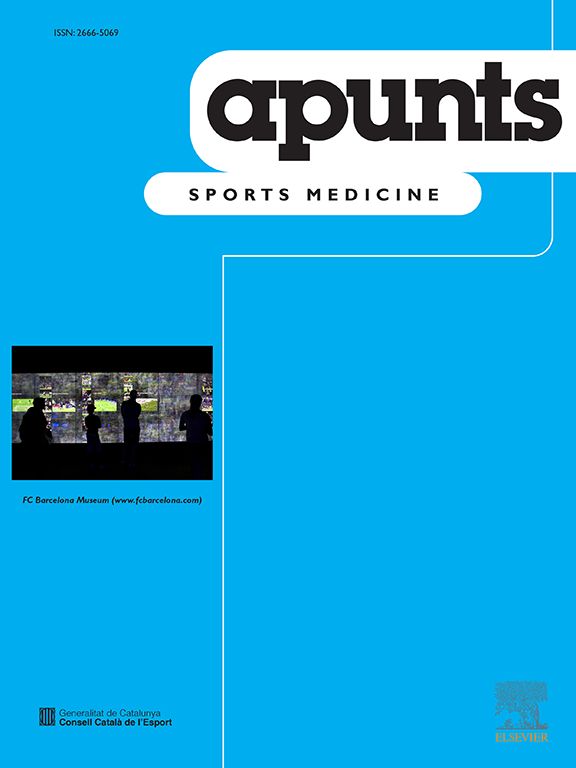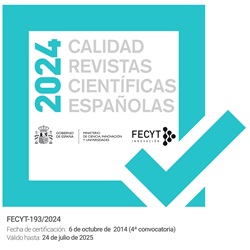Introduction and objectives: Regular physical activity has become one of the principal objectives of public health policies due to its role in the prevention of numerous chronic diseases. Childhood and adolescence are critical periods for beginning regular physical activity. The objective of this study was to perform a descriptive analysis of leisure time physical activity and to describe the socioeconomic factors associated with this activity in a representative sample of Spanish children and young people. Methods: The total sample included 3185 individuals aged from 2 to 24 years old who completed a questionnaire on physical activity and socioeconomic variables. Results: Approximately 70% of children and young people are inactive during leisure time, especially girls. Physical activity increases with age until the age of 10 to 13 years and then diminishes. Socioeconomic position and the mother's educational level are positively associated with the amount of physical activity among the population. Conclusion: Regular physical activity during leisure time is not common among Spanish children and young people. Public health campaigns to promote this practice should take into account the socioeconomic variables influencing activity levels and should improve the availability of sports facilities and playground areas among the entire population.
The Impact Factor measures the average number of citations received in a particular year by papers published in the journal during the two preceding years.
© Clarivate Analytics, Journal Citation Reports 2025
SRJ is a prestige metric based on the idea that not all citations are the same. SJR uses a similar algorithm as the Google page rank; it provides a quantitative and qualitative measure of the journal's impact.
See moreSNIP measures contextual citation impact by wighting citations based on the total number of citations in a subject field.
See more




